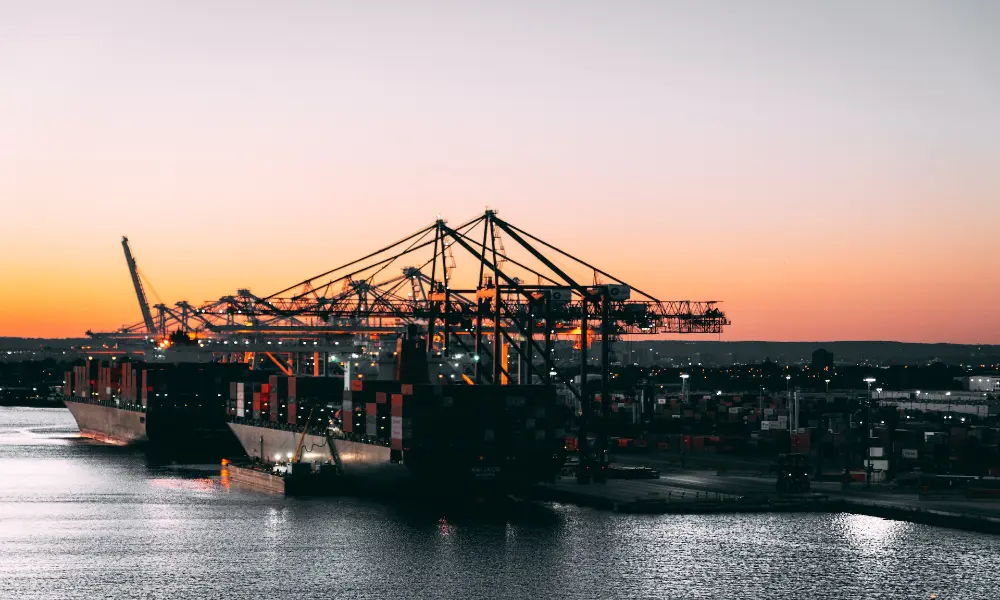The Panama Canal, a vital artery for global trade, is facing a significant financial challenge. The toll revenues of the canal have taken a substantial hit, plunging by an alarming $100 million per month since last October. The canal’s administrator, Ricaurte Vasquez, expressed concern over the situation, warning that if this downward trend persists, the toll revenue could see a staggering reduction of around $700 million by April. Such a significant decline in income has been attributed to the adverse impacts of drought conditions, compelling the canal’s authorities to enforce shipping limitations on this historic waterway that links the Pacific and Atlantic Oceans.
The Panama Canal operates on a fiscal year that commences in October and concludes in September, making the recent financial developments a cause for considerable apprehension. Vasquez has described the prospect of a continuing decrease in toll revenue as “possible,” a statement that underscores the gravity of the situation. Despite these challenges, the canal administration remains optimistic about meeting the income targets outlined in its annual budget. Part of this optimism stems from the implementation of a recent toll increase, which is anticipated to cushion the financial impact and contribute to the achievement of the fiscal year’s financial objectives.
The unfolding financial predicament facing the Panama Canal serves as a stark reminder of the vulnerability of critical infrastructure to environmental factors. The drought conditions that have precipitated this economic downturn highlight the complex interplay between natural phenomena and human activities, underscoring the need for adaptive strategies and sustainable management practices. The global significance of the Panama Canal as a linchpin of international trade further amplifies the repercussions of this financial setback, potentially reverberating across interconnected supply chains and economic networks worldwide.
As the canal grapples with these challenges, the efficacy of its financial and operational strategies in navigating turbulent waters will be put to the test. The agility and resilience demonstrated in addressing the current downturn, including the prudent management of resources and the implementation of mitigating measures, will be pivotal in steering the Panama Canal towards a robust and sustainable financial trajectory.
In the interim, stakeholders and observers will keenly monitor the developments at the Panama Canal, as it endeavors to weather this economic storm and emerge with renewed strength and stability, ensuring the uninterrupted flow of global commerce through its iconic waterway.



